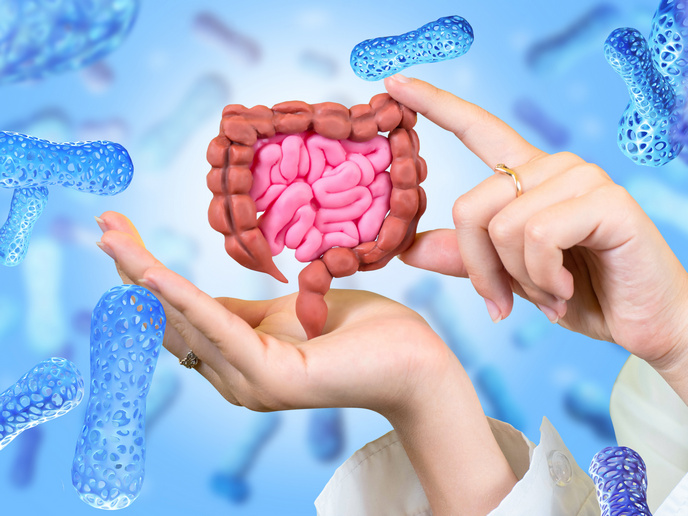The environment shapes allergy development
Allergies set off early in life and accumulating evidence indicates that various exogenous factors are responsible. Children brought up on traditional farms are more protected from a predisposition to allergic diseases – also known as atopy – and asthma than non-farm children. To further investigate this observation, the EU-funded 'Mechanisms of early protective exposures on allergy development' (Efraim) initiative investigated various factors early in life that influence the development of allergies in children from rural environments. In particular, the project focused on lifestyle, diet and other environmental (e.g. microbial) exposures. Partners addressed two routes of preventive interventions in animal models and in vitro studies: the development of an allergy protective milk formula and the development of an allergy vaccine. Based on families enrolled during the predecessor programme Pasture, Efraim scientists assessed objective measures of allergies in blood taken at birth, and at ages 1, 4,5 and 6. This data was coupled with detailed information on the onset of allergic illnesses and environmental exposures, collected through questionnaires and complementary clinical examination. A series of genotyping and epigenetic studies have been performed alongside gene expression analyses to illustrate the maturation of the immune system and the activation of immune responses. Combined with fatty acid measurements in the serum of children, project partners hoped to determine the immuno-modulatory activity of raw versus pasteurised milk and of milk components. EFRAIM established a qualitative and quantitative method to analyse fatty acids in milk samples but also in the serum samples in the EFRAIM project. An active compounds analysis of milk samples from different milk production centres was undertaken with a view to get further comparing raw and pasteurised milk. At the pre-clinical level, scientists analysed Lactococcus lactis in the OVA asthma mouse model and developed it as a candidate for an allergy-protective vaccine. Although its efficacy has yet to be determined, the Efraim study has opened up potential new avenues of exploration for the development of anti-allergy vaccines. Overall, the Efraim project is a good example of how knowledge about protective exposures early in life can be turned into the development of preventive strategies.







